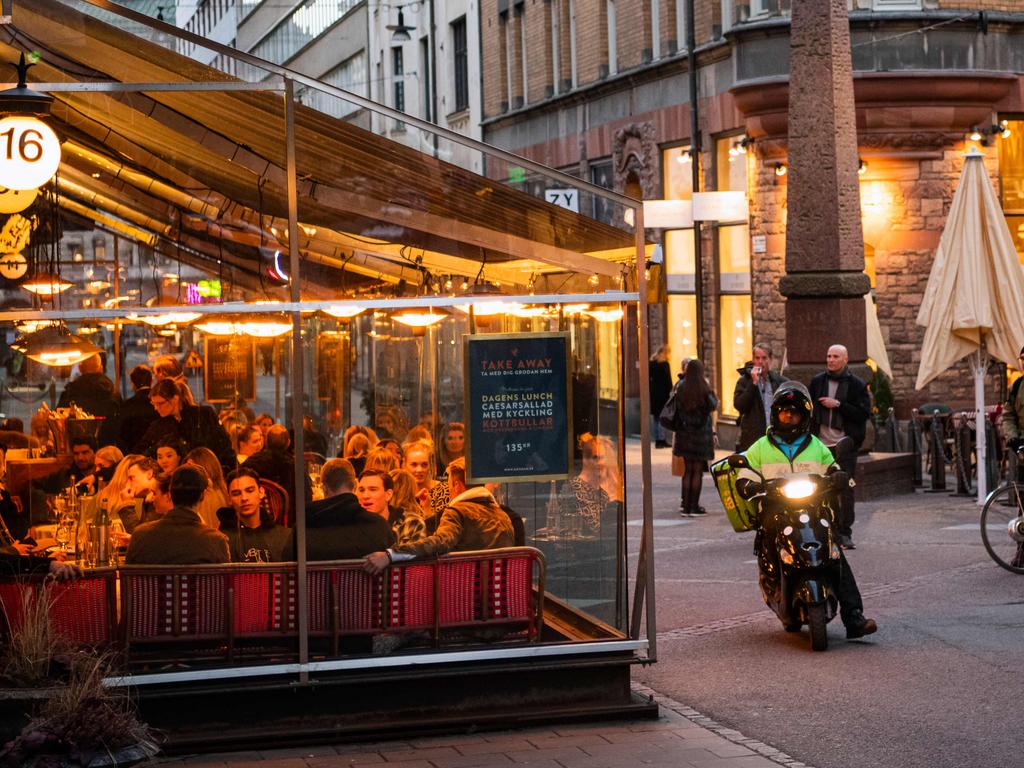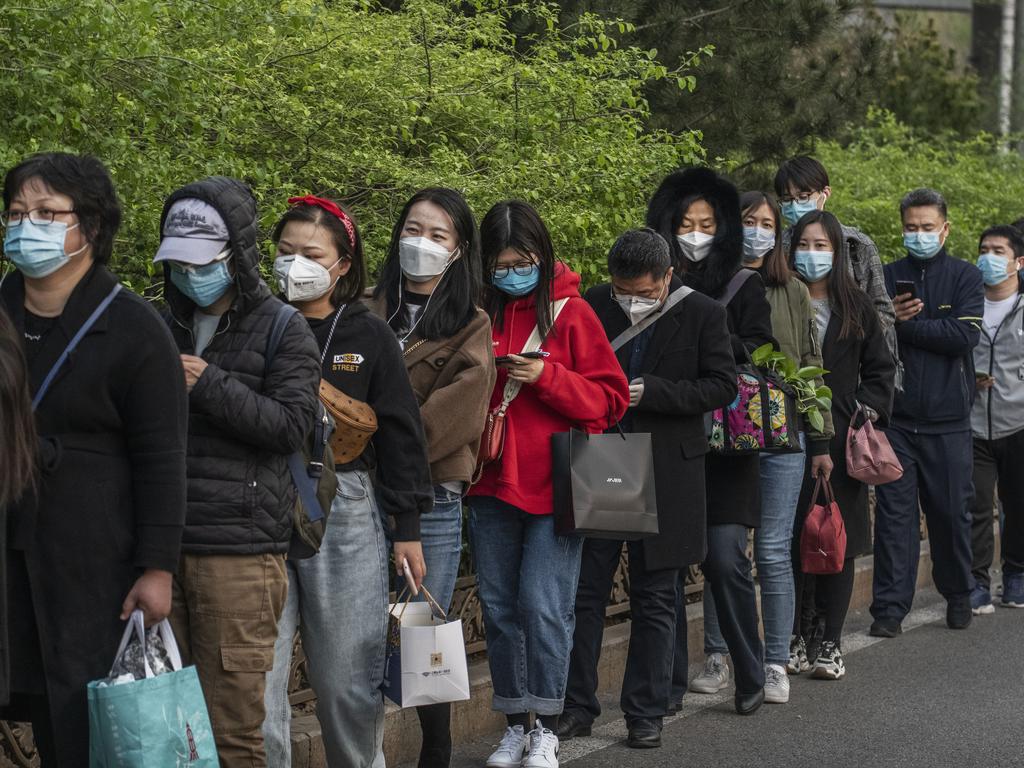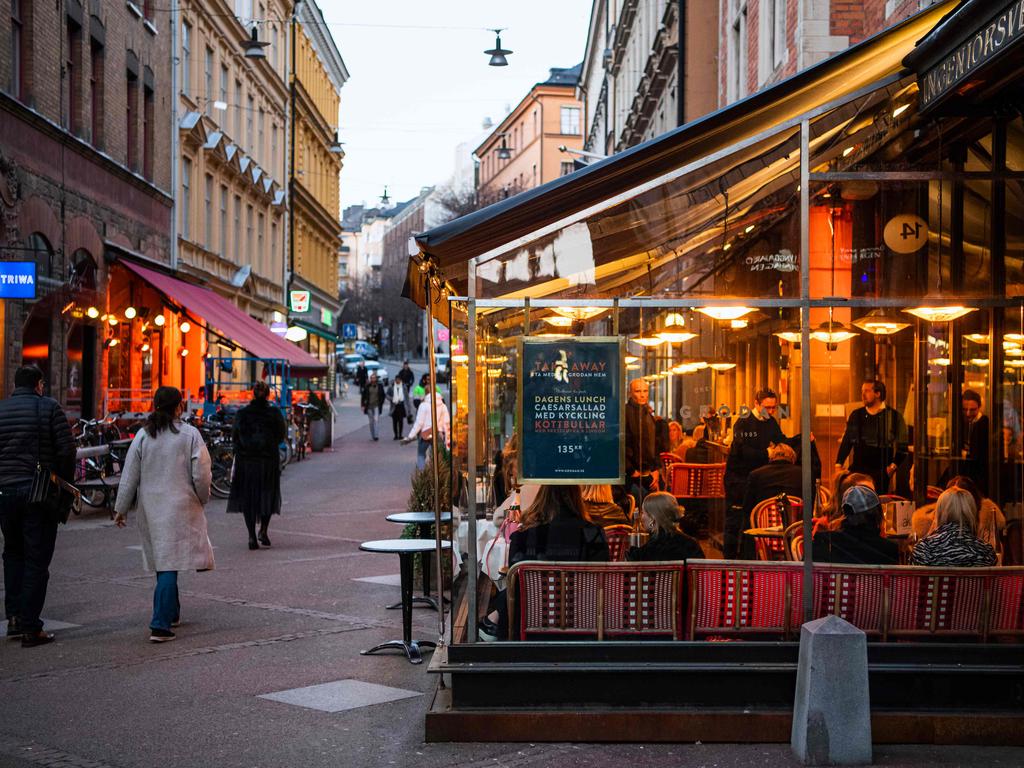Coronavirus: How Sweden became a viral pandemic punching bag
The progressive utopia of Sweden is an easy target for the no-trade-offs crowd. But one size doesn’t fit all fighting this pandemic.

Sweden’s population is roughly similar to New York City’s (actually about two million more), and in every way a case study of how one size does not fit all in the coronavirus epidemic.
Sweden is a “high trust” society, which explains why its competitive economy can coexist with an extensive welfare state. People trust each other not to abuse handouts; citizens trust their government to use tax dollars efficiently in supplying services such as housing, child care and higher education that citizens might otherwise get from the market.
The path to normalcy
A high-trust society, it turns out, also allows Swedes to get by with less government when it comes to social distancing. Sweden has banned crowds and bar service, and has tried to protect the elderly and vulnerable. But otherwise it has expected business owners and their customers to decide how best to deal with the virus.
The US is low-trust society, befitting a big, diverse, rambunctious country, operating under a federalised system of government, and with a strong taste for individualism.
New York, in a sense, represents an attempt to impose high-trust government on a low-trust population. More than 40% of residents rely on Medicaid, nearly a third of whom may be ineligible on income grounds, according to a recent study. Former Mayor Mike Bloomberg might even say they further abuse the privilege by not looking after their health. (His bans of smoking, trans fats and Big Gulps were framed at the time partly as solicitude for the taxpayer.)
The cost of these “comorbidities” that so worried Mayor Bloomberg is now proving high in the coronavirus crisis. New York is also rife with another kind of diversity less found in Sweden: Some 800 languages are spoken in Queens alone; many residents live in high-risk multigenerational households.
In Sweden, more than half the population lives in one-person households, the obesity rate is almost 40% less than America’s, and their cultural affinities make it more likely they will hear and heed social directives.
One size doesn’t fit all. That lesson should also guide us in seeking a way out of our nuclear-winter approach to fighting the virus. Sweden’s experiment is still unfolding. Its death tally has been ticking up, but that may reflect the fact that Sweden can permit a faster spread because its hospital capacity is holding up.
Approach not ‘radical’
Which brings us to a key point. Don’t believe those who claim Sweden’s approach is “radical.” Sweden is following the same flatten-the-curve strategy the US and other countries are pursuing, aiming to control the infection rate to manage demand on its healthcare system. It’s just doing so with rather more frankness about what the existence of a “curve” implies: Most citizens can still expect to be exposed to the virus in the year or two before a vaccine might become available.
Sweden, as a result, has been readily dumped on by the kind of critics who have failed to provide their own societies with a realistic lockdown endgame. Sweden, under its Social Democratic Prime Minister Stefan Löfven, has been an easy punching bag, but the real problem is public figures elsewhere who haven’t been candid with their citizens: Even when we have much better testing, we won’t really have a way of stopping the virus while still having an economy.
It doesn’t help that many pundits, news people and politicians are in the age group that arguably needs to be protected from the virus. Naturally, they find it hard to say that others should expect to be infected. I could name a certain business-channel commentator (and you could too) who is especially tangled up in this issue since he is smart enough to know that the alternative is laying waste to America and its economy.
Shutdowns versus trust
When it’s all over, academics will look seriously at how the lockdown strategy compares with alternative strategies (not the mythical “do nothing” strategy). They will ask how much of our apparent curve-flattening to date was due to individuals taking precautions, how much to heavy-handed government intervention. How many lives (and, more realistically, years of life) were really saved by our efforts? How much of our apparent success came from overestimating the potential burden on health care in the first place?
Our indiscriminate shutdowns may eventually seem perverse for requiring the least and most vulnerable to shoulder equally the risk of the virus’s spread. This will certainly be so if we end up admitting the virus was always destined to become an endemic and recurrent feature of the epidemiological landscape. The strategy that made some sense for America’s biggest city may have made little sense elsewhere. One thing we can be pretty sure of: Under pressure of a fast-evolving crisis, many decisions will turn out to have been fairly bad.
The Wall Street Journal







To join the conversation, please log in. Don't have an account? Register
Join the conversation, you are commenting as Logout